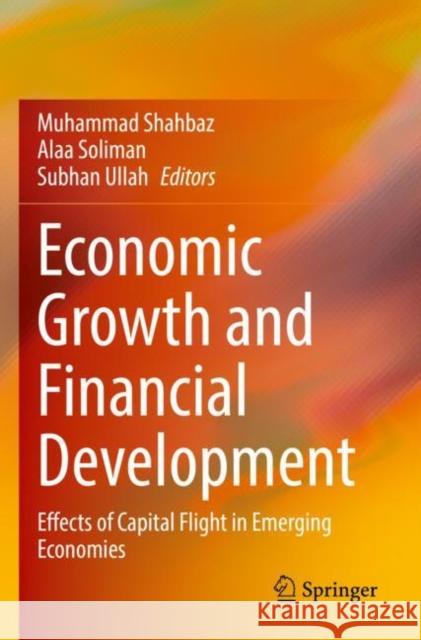Economic Growth and Financial Development: Effects of Capital Flight in Emerging Economies » książka
topmenu
Economic Growth and Financial Development: Effects of Capital Flight in Emerging Economies
ISBN-13: 9783030790059 / Angielski / Miękka / 2022
Economic Growth and Financial Development: Effects of Capital Flight in Emerging Economies
ISBN-13: 9783030790059 / Angielski / Miękka / 2022
cena 885,61
(netto: 843,44 VAT: 5%)
Najniższa cena z 30 dni: 771,08
(netto: 843,44 VAT: 5%)
Najniższa cena z 30 dni: 771,08
Termin realizacji zamówienia:
ok. 22 dni roboczych
Dostawa w 2026 r.
ok. 22 dni roboczych
Dostawa w 2026 r.
Darmowa dostawa!
This book looks into the relationship between financial development, economic growth, and the possibility of a potential capital flight in the transmission process. It also examines the important role that financial institutions, financial markets, and country-level institutional factors play in economic growth and their impact on capital flight in emerging economies.By presenting new theoretical insights and empirical country studies as well as econometric approaches, the authors focus on the relationship between financial development and economic growth with capital flight in the era of financial crisis. Therefore, this book is a must-read for researchers, scholars, and policy-makers, interested in a better understanding of economic growth and financial development of emerging economies alike.











